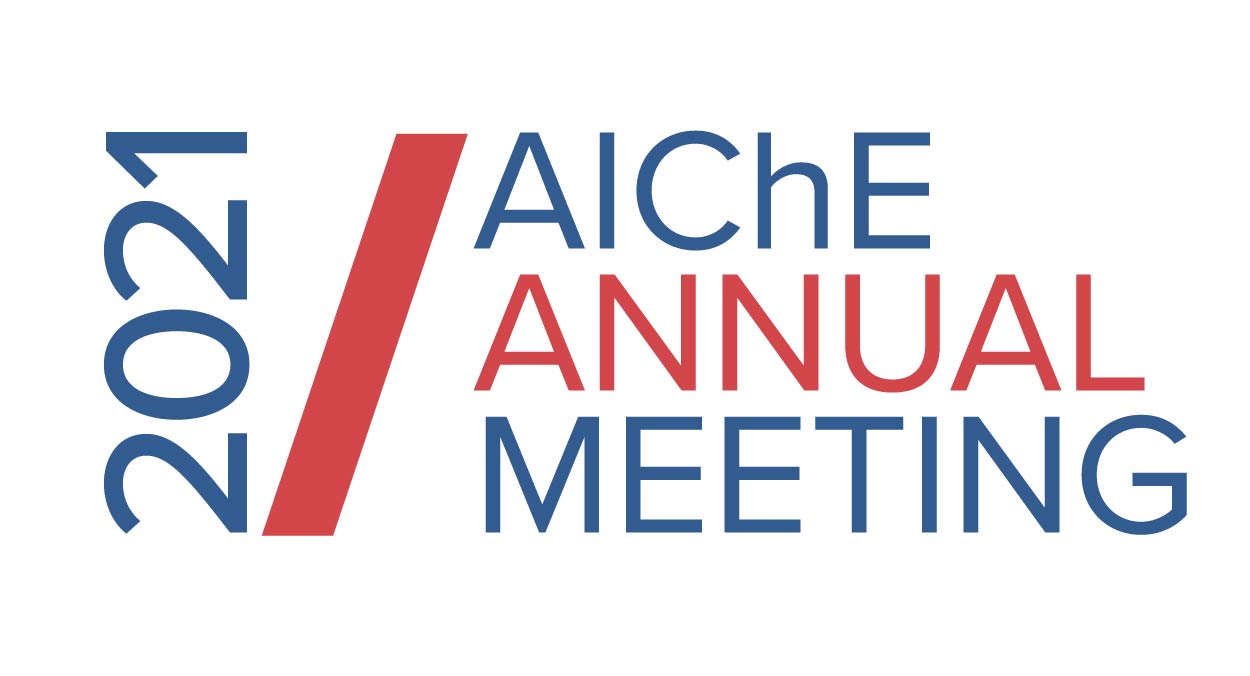

Mathematical models for gas separations with spiral-wound membranes are developed and found to exhibit good agreement with experiments performed on N2/O2 mixtures. A two-dimensional (2D) model can be accurately approximated by a one-dimensional (1D) surrogate model when the spacer widths are chosen to make the channel pressure drops small. Subsequently, the separation of propane/propylene mixtures from the recycle purge stream of a polypropylene reactor is investigated. Under the assumption of ideal gas, significant overestimations in membrane stage cuts are observed (sometimes more that 10%). This extent is comparable to that associated with extrapolating constant olefin permeance from a low-pressure condition. While olefin permeance can change significantly with pressure, using a constant-permeance formulation can result in a small (< 2.5%) underprediction in stage cut if the value for the permeance is taken from the feed condition. Finally, we discuss membrane properties and costs necessary for a viable separation process.
Presenter(s)
Once the content has been viewed and you have attested to it, you will be able to download and print a certificate for PDH credits.
If you have already viewed this content,
please click here
to login.
